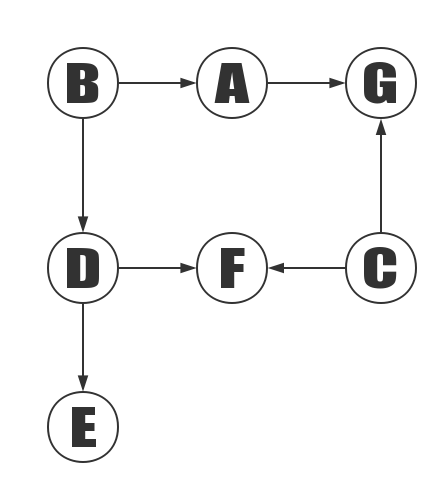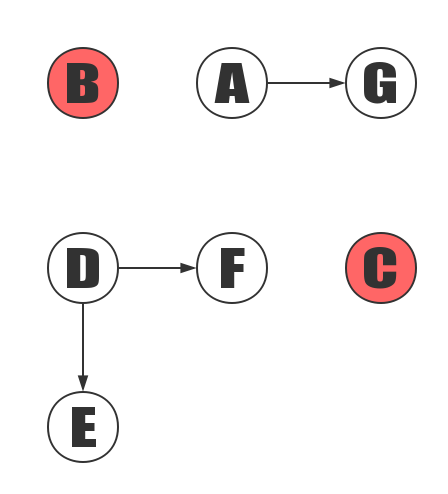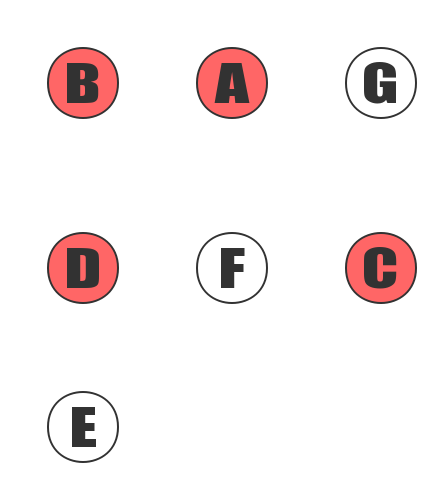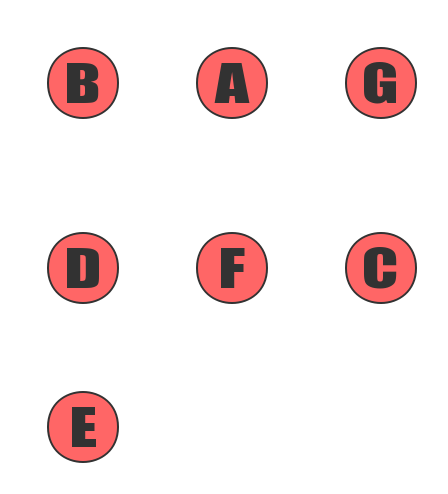Topological Sort Chinese version address
Topological Sort
Overview
Topological sorting means ordering a Directed Acyclic Graph(DAG) to get an ordered linear sequence.
In this way, it may be understood more abstractly.
For example, a project consists of four subsections A, B, C, and D, and A depends on B and D. C depends on D. Now to develop a plan to write A, B, C, D the order of execution. At this point, you can use topological sorting, which is used to determine the order in which things happen.
In topological sorting, if there is a path from the vertex A to the vertex B, B appears behind the A in the ranking result.
Algorithm Introduction
- Create a queue Q and a topological ordered result queue T.
- Put all the nodes that do not depend on the vertex in the Q.
- When Q has vertices, perform the following steps.
- Take a vertex n from Q (delete n from Q) and put it in T (add n to the result set).
- For every adjacent point m (n is the starting point and m is the ending point).
- Remove the edge (n, m).
- If m does not depend on the vertex, put b into Q.
The vertex A does not depend on the vertex, which means there is no edge to the end of the A.

The above diagram is an example of a demonstration of the topological sort.



Add B and C to the sorting result.
Vertex B and vertex C are not dependent on the vertices, so C and C added to the result set T. Suppose ABCDEFG is stored sequentially, so visit B first and then C again. After accessing B, remove the edges (B, A) and (B, D) and add A and D to the queue Q. Similarly, remove the edges (C, F) and (C, G) and add F and G to Q.
Add B to the sorted result, and then remove the edges (B, A) and (B, D); at this point, since A and D do not depend on vertices, add A and D to queue Q.
The C is added to the sorting result, then the edge (C, F) and (C, G) are removed; at this time, since F has a dependency on the vertex D, G has a dependency on the vertex A, so it does not handle F and G.
A, D is added to the sorting result in turn.
After the first step, both A and D are not dependent on the vertex, accessing the A first and then accessing the D according to the storage order. After the access, the edges of the vertex A and the vertex D are deleted.
Add E, F, G to the sorting result.
C++ Implementation
Adjacency Matrix Version
1 | // Work in progress |
Adjacency List Version
1 | // Work in progress |